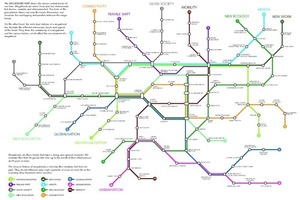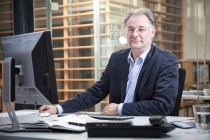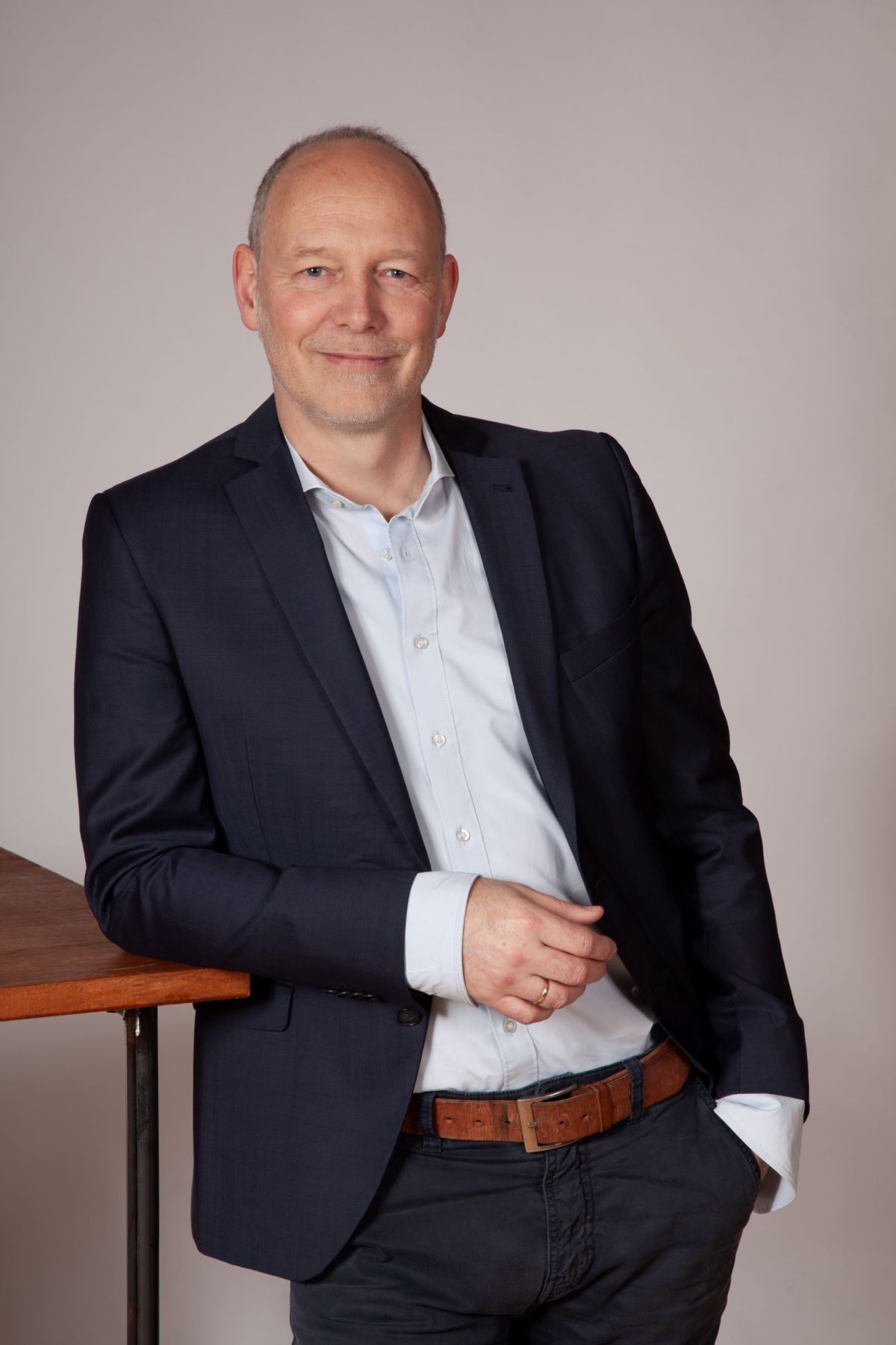New Ecology How a Megatrend is shaping the future of the cement industry
In order to push a company forward and trigger its highest potential, an excellent strategy is necessary. A clearly defined goal is crucial for this. But what if there isn’t any guidance to define these goals? In these cases the Zukunftsinstitut has developed 11 ‘Megatrends’ and the corresponding ‘Megatrend-Map’ (Fig. 1), which provides the necessary guidance for companies to establish and then reach their goal(s).
A megatrend is a development in society, a dynamic that can go on for decades or even centuries. Developments like that will shape the future and change the world that we live in. The Megatrend-Map can work as a guideline for a company that has the ambition to adapt to future markets.
The Zukunftsinstitut has identified 11 of those Megatrends:
1. Individualisation
2. Female Shift
3. Silver Society
4. New Learning
5. New Work
6. Health
7. New Ecology
8. Connectivity
9. Globalisation
10. Urbanisation
11. Mobility
The idea behind the Megatrend-Map is not only to show the changes in society with the biggest impact on the economy, but also to discover intersections between megatrends. Those intersections mark the “crossroads” between two major developments and can inspire future strategies to guide a company towards (or back to) the right tracks.
Examples for these intersections are:
Mega-Cities (Urbanisation + Globalisation)
Mixed Mobility (New Ecology + Urbanisation + Mobility)
Small-World-Network (Connectivity + Individualisation)
These “crossroads” can be seen as subject areas that can be used to explore potential ideas or strategies in order to enhance a company’s current standing. Some best practices which give better insight into potential ideas or strategies are:
3D Print Canal House
(Urbanisation + Globalisation):
A project in Netherlands, which allows houses and other buildings to be built within the shortest time and with recyclable materials. Thereby, the increased demand for new houses can be reached while simultaneously being environmentally friendly http://3dprintcanalhouse.com
“Greenest Street in America”
(New Ecology + Mobility + Urbanisation):
A project in the US, to adapt to the newest ecological techniques (“permeable pavements, bioswales, photo catalytic concrete, solar or wind powered lights” etc.) and create the most environmentally friendly street within the US http://www.cityofchicago.org
In which direction and to what extent a company wants to develop has to be answered by the company itself. Usually, this procedure is a longer lasting process in which analysis and research are mandatory.
New Ecology is a megatrend which is given a lot of attention by most companies, no matter whether they’re globally or locally oriented. This trend is fuelled by an increased number of customers and potential customers demanding companies to be environmental friendly and sustainable. However, businesses have also discovered that by focusing more on eco-friendliness in daily interactions, money, time and raw materials can be saved. Both ecology and economy profit from an increase in efficiency.
The construction industry is also becoming more aware of the megatrend New Ecology. This also has a huge impact on the cement industry. While most companies are currently still using their traditional methods of producing cement, others are already turning to more ecologically friendly methods. While the worldwide demand for cement and other raw materials for constructing buildings increases (China thereby being the worldwide leader in the demand for the materials), the CO2 gas output also increases exponentially. Studies from the early 2000s (which at this time were said to be absurdly overestimated) underestimated the CO2 output by more than 120 per cent. Therefore, it is more urgent to be investing in and adapting to more sustainable practices. Not only to “save the world” but also to regain the customers trust.
For cement producing companies it is necessary to adapt to some changes in order to keep their competitiveness in the market. These changes demand several steps and self-evaluation of the company and its performance. The manufacturing department is often the first area, which can (or should) be changed. By adapting to the newest technologies and automated processes, companies are able to cut costs, CO2 emissions and thereby increase the productivity and the efficiency of the manufacturing department.
Next, the “Reuse, Reduce, Recycle” operations can be optimised even further. Co-processing of waste derived products leading to fewer overhead costs, possible funds paid by governments and lower landfill are all positive outcomes that can be gained by companies adapting to the trend.
Lastly, Supplementary Cementitious Materials (SCMs) are used increasingly throughout the industry. Again, the main objective by the usage of SCMs is to reduce the CO2 output but also decrease the energy to produce. SCMs which could be used are ground limestone cement, fly ash and pulverised fuel ash (PFA), ground granulated blastfurnace slag (GGBS) or silica fume.
In order to keep up the energy efficiency and decrease the CO2 output, there are really only two general options: The first option is to focus and use alternative low carbon fuels. And, the second option is to develop new cement formulation and production tools.
By implementing and discovering new technologies, which enrich the use of those two broader alternatives, green produced, environmental and economical sustainable cement can be produced.
About the Zukunftsinstitut
The Zukunftsinstitut, founded in 1998 by Matthias Horx, works as a Think Tank and consultancy in the field of strategy and innovation. Numerous studies on the social and economical changes provide the fundament for its activities. The Zukunftsinstitut usually publishes works, which discover trends and corresponding best practices within a branch.





